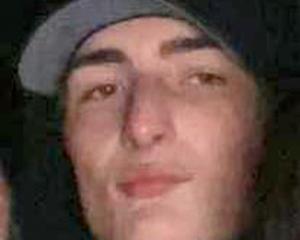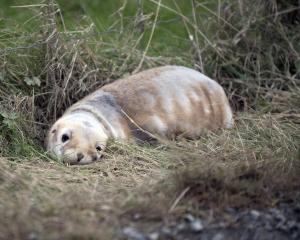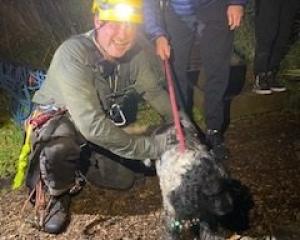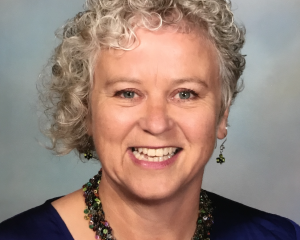Mr Steel contacted the Otago Daily Times yesterday after the newspaper published a story on unmarked graves at the Andersons Bay Cemetery, many of whom were Seacliff lunatic asylum patients.
Mr Steel, of Waikouaiti, said 172 unmarked burials were identified at Waitati, the last in 1983, but a large proportion were clustered in the 1930s and 1940s.
The unmarked plots are shown on the Dunedin City Council's Waitati Cemetery plan, and the people buried are registered on the council's database.
Mr Steel said the registry was a useful resource for families and researchers.
But there was no indication on the site of the unmarked graves, and people should know when they visited the cemetery, he believed.
The site should have a plaque which included acknowledgement that many of the people had been residents of local institutions.
''They just get forgotten about. There's not even a sign that says `paupers' area', or whatever.''
Visitors might bring children who would play on the site and ''some people would be horrified to think they had the kids running round on top of graves''.
Mr Steel, who is making a photographic record of burial plots in East Otago, estimated about 85% of the unmarked burials were from former institutions such as Cherry Farm.
There were also babies, influenza victims, and paupers.
The plots were not mass graves, he said.
Yesterday the ODT reported Des Scully, of Perth, had discovered his great-grandmother, Mary Scully, was buried in an unmarked grave at Andersons Bay Cemetery.
Mr Scully has called for a memorial garden and a plaque naming each person buried there.
Council parks, recreation and aquatics manager Mick Reece said Mr Scully should put the proposal to the council for consideration and staff would advise him of its feasibility.












